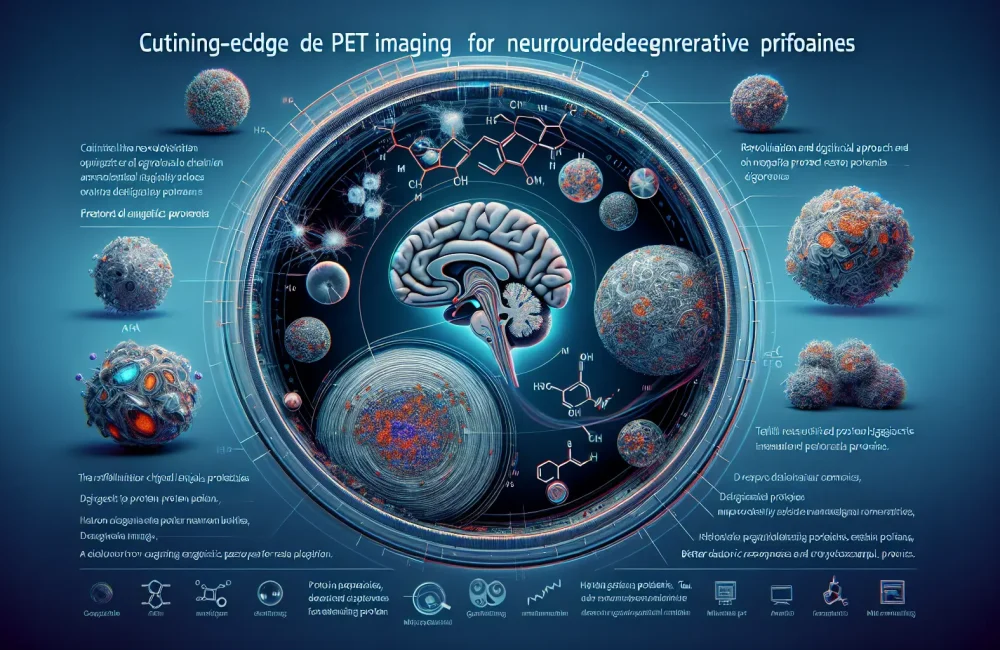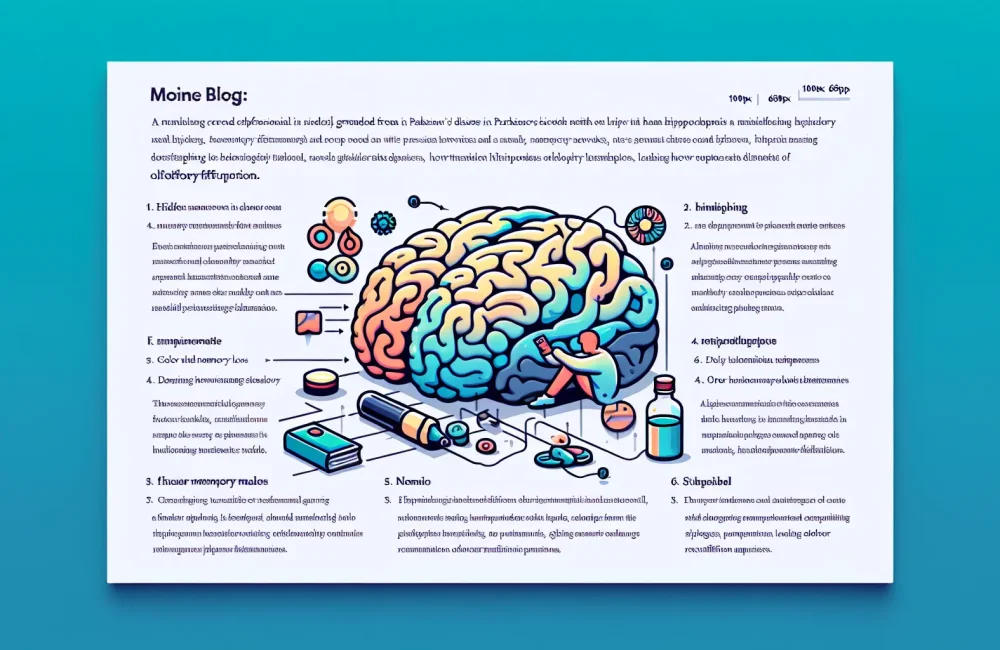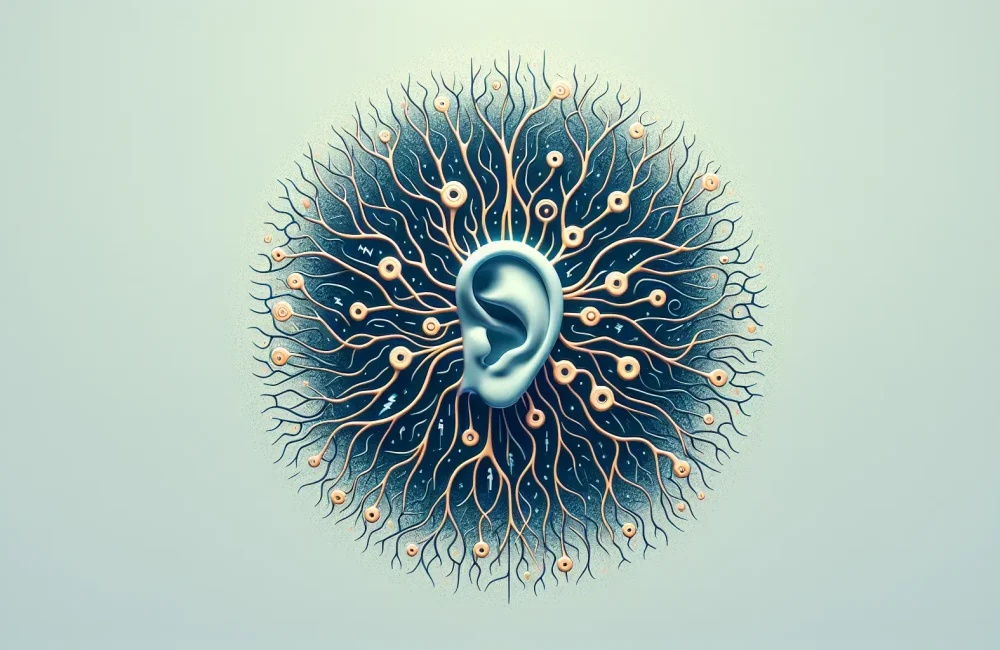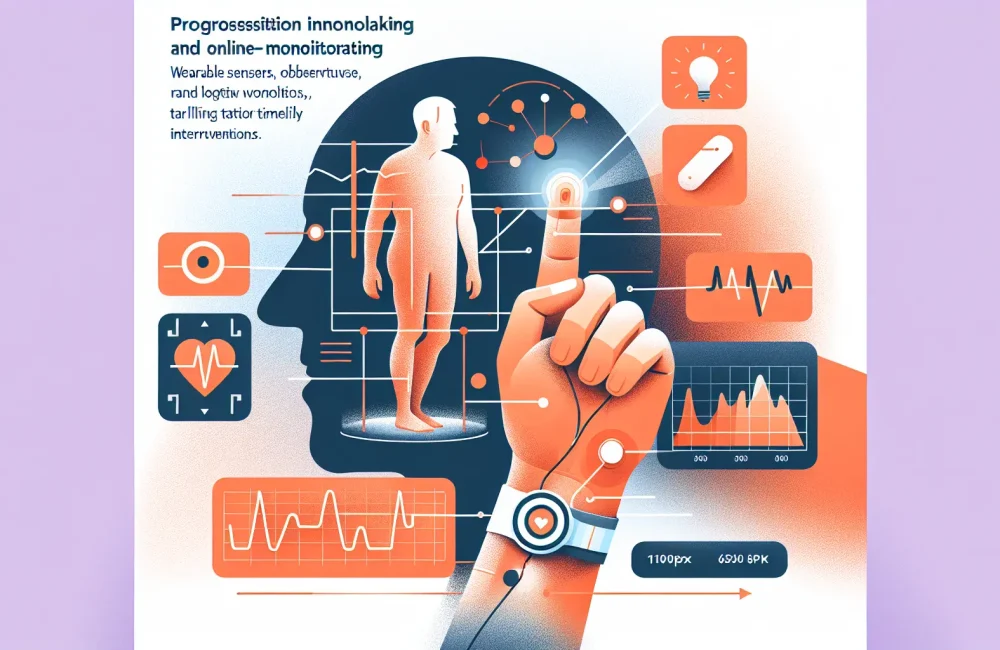By CAFMI AI From Nature Reviews Neurology
Innovations in PET Tracers for Neurodegenerative Disease Diagnosis
Positron emission tomography (PET) imaging has revolutionized the clinical approach to neurodegenerative diseases by enabling the visualization of protein aggregates directly linked to these disorders. In recent years, advances in PET tracer development have significantly enhanced the ability of clinicians to detect and differentiate key pathological proteins such as amyloid-ß, tau, and α-synuclein. These misfolded proteins are central to diseases including Alzheimer’s disease, frontotemporal dementia, and Parkinson’s disease. The latest generations of PET ligands show improved chemical properties, such as higher affinity and better selectivity toward their target proteins, which distinctly enhances diagnostic accuracy. Improved tracer design allows for clearer differentiation between overlapping proteinopathies, a critical factor in early disease diagnosis and personalized patient management. This innovation not only helps in confirming diagnoses that were previously challenging but also in tracking disease progression through sequential imaging, providing valuable insights into therapeutic response and prognosis. Clinicians benefit from more reliable imaging tools that can guide treatment decisions and clinical trial enrollment with greater precision.
Challenges and Solutions in PET Imaging of Protein Aggregates
Despite these advances, PET imaging faces notable challenges that affect the quality and interpretability of scans. Off-target binding remains a significant issue, where PET tracers sometimes bind to non-pathological structures or other proteins, leading to false positives or ambiguous results. Additionally, the kinetics of PET tracers—referring to how they distribute, bind, and clear in the brain—vary considerably between tracers and patients, complicating standardization. Penetration of the blood-brain barrier is another critical hurdle, as only tracers capable of efficiently crossing this barrier can be effective for imaging. Current research targets these limitations by optimizing tracer molecular structures to increase their specificity and improve blood-brain barrier permeability. Enhanced kinetic modeling and advanced quantification methods have been developed to improve PET scan reproducibility and sensitivity. By refining imaging protocols and analytical techniques, clinicians can obtain more accurate and consistent imaging results. These improvements support more reliable monitoring of disease evolution and response to therapies. Understanding these challenges and how they are being addressed is essential for interpreting PET imaging results accurately in clinical practice.
Clinical Implications and Future Directions in PET Imaging
The rapid progress in PET imaging unlocks new potentials for clinical practice and research in neurodegenerative diseases. For clinicians, these advances translate into improved diagnostic confidence and earlier detection of diseases that were traditionally difficult to diagnose until significant symptom progression. PET imaging now supports a more nuanced approach to differential diagnosis, helping to distinguish between Alzheimer’s disease, frontotemporal dementia, and Parkinsonian syndromes based on specific protein pathology patterns. This directly influences clinical decisions regarding patient counseling, management, and monitoring. Additionally, PET imaging has become an invaluable biomarker in clinical trials, facilitating the development and assessment of targeted therapies by allowing direct visualization of the treatment effects on protein aggregates in vivo. Looking ahead, research is focused on further refining PET tracers to reduce off-target effects and expand applicability to a wider range of neurodegenerative conditions. There is also strong interest in integrating PET imaging data with other biomarkers and clinical assessments to create comprehensive diagnostic algorithms that improve patient outcomes. For primary care workflows, enhanced imaging tools foster timely referrals and collaborative management between primary care providers and specialists, optimizing patient care pathways and follow-up strategies. Ultimately, these technological advancements strengthen clinical practice by delivering more precise, personalized approaches to neurodegenerative disease management.
Read The Original Publication Here






